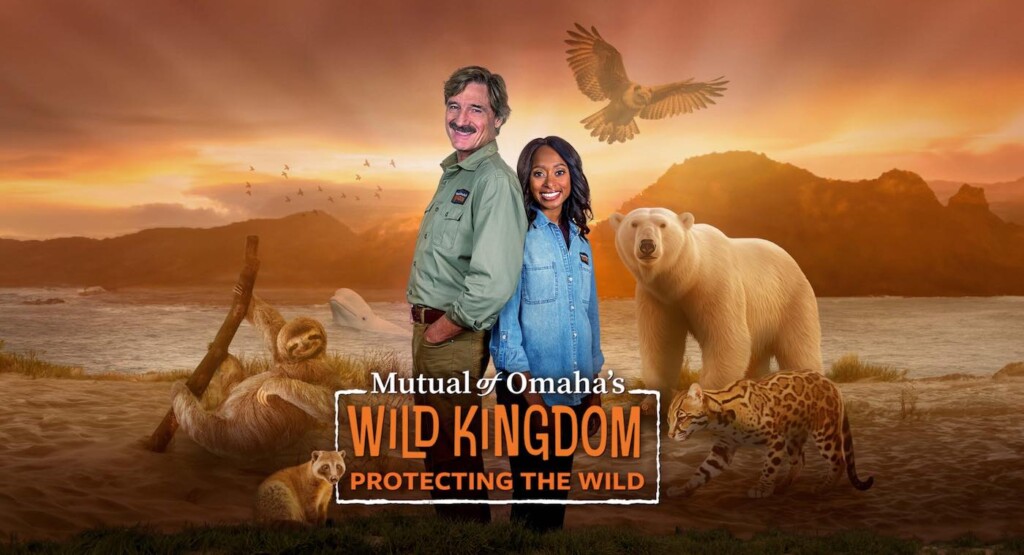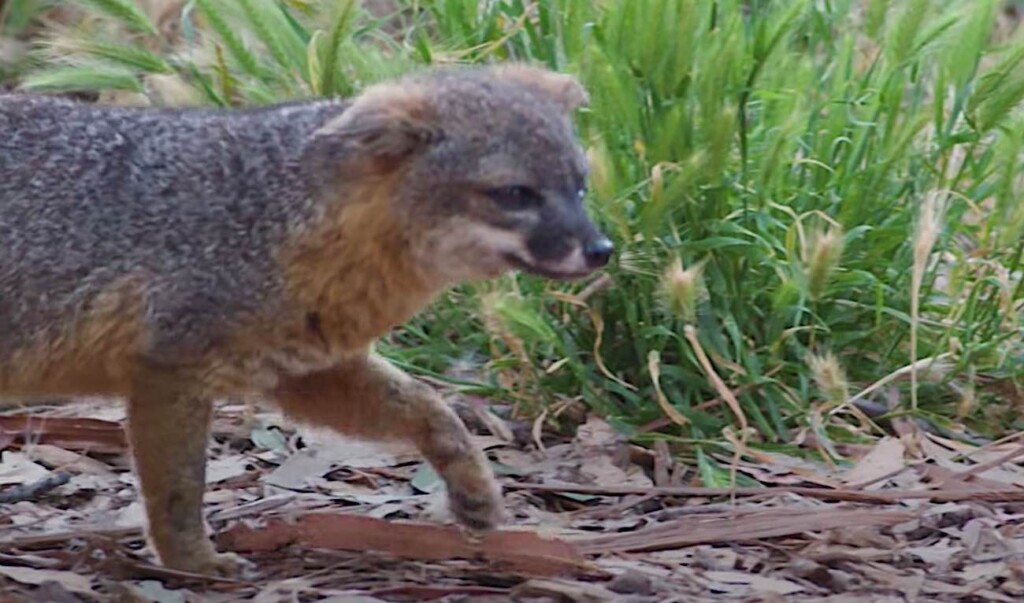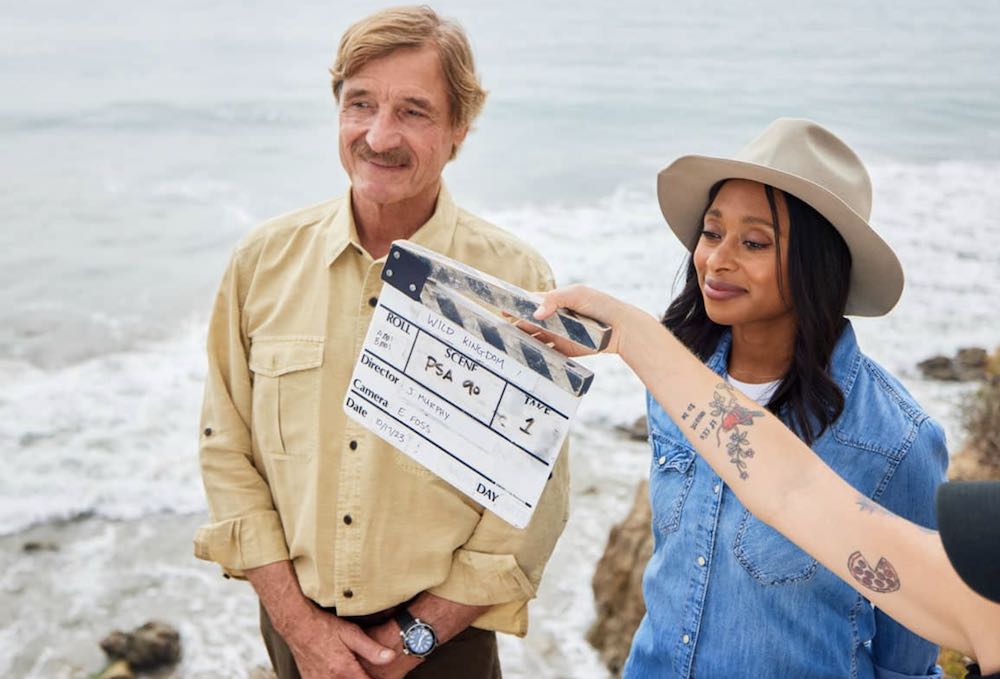
Edited from original article by World At Large, a news website of nature, politics, science, health, and travel.
For an entire generation of Americans who were glued to their TVs during the moon landing or watched The Tonight Show starring Johnny Carson, Mutual of Omaha’s Wild Kingdom provided the first glimpse of an Amazon rainforest or a Serengeti savannah, broadcast right into their living rooms via the first wildlife television show—and now it’s coming to the modern screen.
Premiering in 1963 and running for 22-seasons while winning 41 major awards for episodes that were viewed countless millions of times, Mutual of Omaha’s Wild Kingdom was the series that jumpstarted the wildlife programming we know today, like Animal Planet, Discovery Channel.
Returning to its original home on NBC, Wild Kingdom has been reborn to entice a new generation to protect wildlife—and it is co-hosted by one of the leading alums of the program.
Peter Gros, who joined the original show as co-host in 1985 after Marlin Perkins’ health declined, has brought on Dr. Rae Wynn-Grant, a predator ecologist and National Geographic Fellow for the new Saturday morning program—which already won 4 Emmy nominations in its first season. It will also be streaming on YouTube, where fans can reminisce by watching highlights and full episodes from the 60s, 70s, and 80s.
Gros, whose son is an avid viewer of GNN told Andy Corbley, writing for World At Large, “I think a lot of people were hungry to hear less doom and gloom stories about the future of our planet and its animals and the natural world. We’re getting a lot of nice positive feedback.”
The times they are a-changing
The world has changed since the days of Perkins and Jim Fowler—and much of the change resulted in good news. For example, on two classic episodes, Gros highlighted the plight of the bald eagle and the alligator two of the first animals added to the US Endangered Species List. Today, the eagle is one of the most widespread and numerous raptors in America.
“Back in 1963, when Wild Kingdom first started doing the show with Marlon Perkins, their goal was to affect people’s attitudes about the importance of conservation,” Gros told WaL.
Today, there is seemingly no end to the number of native wildlife species at serious risk, but the new iteration of the show is called Wild Kingdom–Protecting the Wild, and aims to provide some optimism for today’s youth.
“The idea came up, ‘let’s tell the story of conservation successes’. Let’s create some hope, let’s not have this next generation think that it’s too late, because there are solutions to the problems that we have,” said Gros.
“The show we have been filming, is (about) how we do, indeed, have some problems with conservation, but here are some solutions”. Watch an example, from their Season-1 clip about the adorable black-footed ferret…
Gros received the offer to take over for an ailing Marlon Perkins, after making a career designing wildlife enclosures in America’s zoos that were more natural. A childhood romping through a 3,600-acre forest his grandfather had reforested in New York’s Hudson Valley had instilled in him a love of all wild things that eventually led him to a degree in animal husbandry with a focus on big cats.
In a career of more than 40 years in wildlife conservation, Gros has seen many successes. He recounts the story of the Channel Islands fox in one episode, and the recovery program that saved the species from extinction without ever having to move them from their native island. Their numbers were falling from multiple causes. A cattle ranch was destroying habitat, and golden eagles, which prey on terrestrial species, were drawn to the islands from the mainland due to the presence of invasive mammals.
 Channel Islands Fox from Wild Kingdom / Youtube
Channel Islands Fox from Wild Kingdom / Youtube“Rather than collecting foxes and moving them off the island, and facing issues of disease since they were endemic only to the Channel Islands, the raising was done there on the island in large enclosures,” he said. The foxes were an easy meal for the eagles, since they never had to worry about being preyed on before, but once the invasive species were cleared, the golden eagles departed.
The next generation
It isn’t just animal protection that has changed over Peter’s career, but the tech.
“You could spend days near a water hole hoping animals would show up. You spent hours and hours hiding and waiting. And, to get those long sweeping shots, you had to use helicopters”.
“Now what you see is a lot more natural animal behavior in the wild because we have very quiet drones. We don’t have to get close at all, we have these incredible long lenses that shoot in digital and the photography is just incredible. You can set up motion and heat sensing cameras along trails and capture animals coming by. So the advantages to doing the new show is you see so much more natural behavior, and I have to admit, being involved in both eras, it’s much easier on the body too by the way!”
Just as Mutual of Omaha’s Wild Kingdom taught Americans about the challenges facing conservation, part of Protecting the Wild’s mission is to inspire the next generation of conservationists with a science-based series—and this summer, it captured a Saturday morning audience on NBC totaling over a million viewers per episode.
Many of the episodes start by addressing the conservation status and threats of an animal featured that week, and then by the end of the show they’ve creating hope through a narration about how this is problem is going to be solved.
 Peter Gros and co-host Dr. Rae Wynn-Grant – Wild Kingdom
Peter Gros and co-host Dr. Rae Wynn-Grant – Wild KingdomGros and his team decided there are so many good stories in North America to tell, they’d start the first season with those—such as the ocelot, a South American wildcat that occasionally strays into south Texas, and the North Atlantic right whale, one of the most endangered in the ocean with only 340 individuals left.
“Their problem is entanglement with lobster pots—literally millions of lines of ropes dangling from buoys in the water in areas where they would be traveling and feeding. Fortunately, again, reasons to hope: we worked with the Woods Hole Institute and their solution is rope-less lobster pots,” he said.
“Like, so many of the projects we’re filming, there are so many agencies, volunteers, and groups working together to make this happen.”
The second season debuted on October 5th, and airs Saturday mornings during NBC’s programming block, “The More You Know”.
HAIL THE COMEBACK By Sharing With Wildlife Loving Families on Social Media…
Source link

